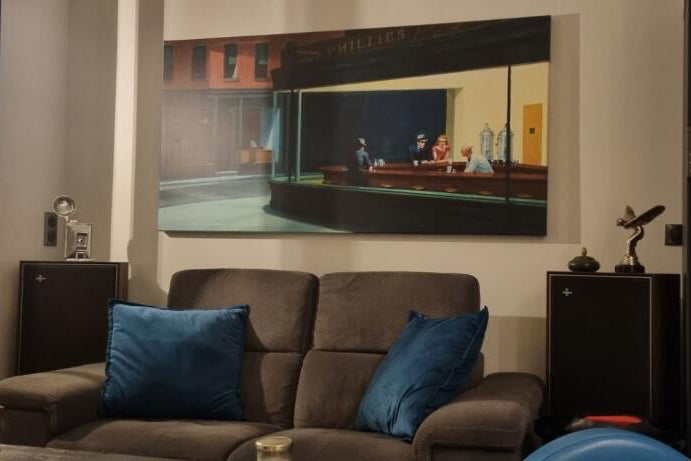Art print | August Fredrik 1646-1705 Duke of Holstein-Gottorp - Jürgen Ovens


View from behind

Frame (optional)
The artwork "August Fredrik 1646-1705 Duke of Holstein-Gottorp" by Jürgen Ovens is a testament to an era when portraiture was not only a means of representation but also a vehicle of power and prestige. This painting, capturing the nobility and dignity of the duke, immerses us in the 17th century—a period rich in political and cultural upheavals. The majestic presence of the duke, highlighted by the artist's technical mastery, evokes a story deeply rooted in the European context of his time. By contemplating this piece, the viewer is invited to explore not only the duke's face but also the soul of an era where art and politics were closely intertwined.
Style and uniqueness of the work
Jürgen Ovens's style is distinguished by his ability to blend realism and idealization. In this portrait, every detail is carefully crafted, from the folds of the duke's robe to the reflections of light on his skin. Ovens employs a rich and nuanced color palette, creating an atmosphere that is both solemn and warm. The penetrating gaze of the duke, captured with remarkable precision, testifies to the strong and charismatic personality of this man. This art print stands out not only for its technique but also for how it manages to convey emotions and tell a story. The composition, balanced and harmonious, reinforces the authority of the figure while offering a palpable intimacy, allowing the viewer to connect with the duke's personal story.
The artist and his influence
Jürgen Ovens, a Danish-born artist, made a name for himself in the European art scene thanks to his exceptional talent and innovative approach to portraiture. Trained in the workshops of the great masters of his time, Ovens developed a style that combines the rigor of drawing with sensitivity to color and light. His work was influenced by the major artistic currents of his era, while maintaining a unique identity that allowed him to stand out. By painting emblematic figures of his time, he contributed to the construction of an iconography that endures to this day. The representation of

Matte finish

View from behind

Frame (optional)
The artwork "August Fredrik 1646-1705 Duke of Holstein-Gottorp" by Jürgen Ovens is a testament to an era when portraiture was not only a means of representation but also a vehicle of power and prestige. This painting, capturing the nobility and dignity of the duke, immerses us in the 17th century—a period rich in political and cultural upheavals. The majestic presence of the duke, highlighted by the artist's technical mastery, evokes a story deeply rooted in the European context of his time. By contemplating this piece, the viewer is invited to explore not only the duke's face but also the soul of an era where art and politics were closely intertwined.
Style and uniqueness of the work
Jürgen Ovens's style is distinguished by his ability to blend realism and idealization. In this portrait, every detail is carefully crafted, from the folds of the duke's robe to the reflections of light on his skin. Ovens employs a rich and nuanced color palette, creating an atmosphere that is both solemn and warm. The penetrating gaze of the duke, captured with remarkable precision, testifies to the strong and charismatic personality of this man. This art print stands out not only for its technique but also for how it manages to convey emotions and tell a story. The composition, balanced and harmonious, reinforces the authority of the figure while offering a palpable intimacy, allowing the viewer to connect with the duke's personal story.
The artist and his influence
Jürgen Ovens, a Danish-born artist, made a name for himself in the European art scene thanks to his exceptional talent and innovative approach to portraiture. Trained in the workshops of the great masters of his time, Ovens developed a style that combines the rigor of drawing with sensitivity to color and light. His work was influenced by the major artistic currents of his era, while maintaining a unique identity that allowed him to stand out. By painting emblematic figures of his time, he contributed to the construction of an iconography that endures to this day. The representation of










